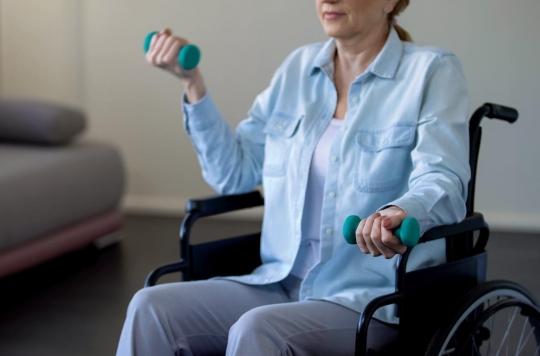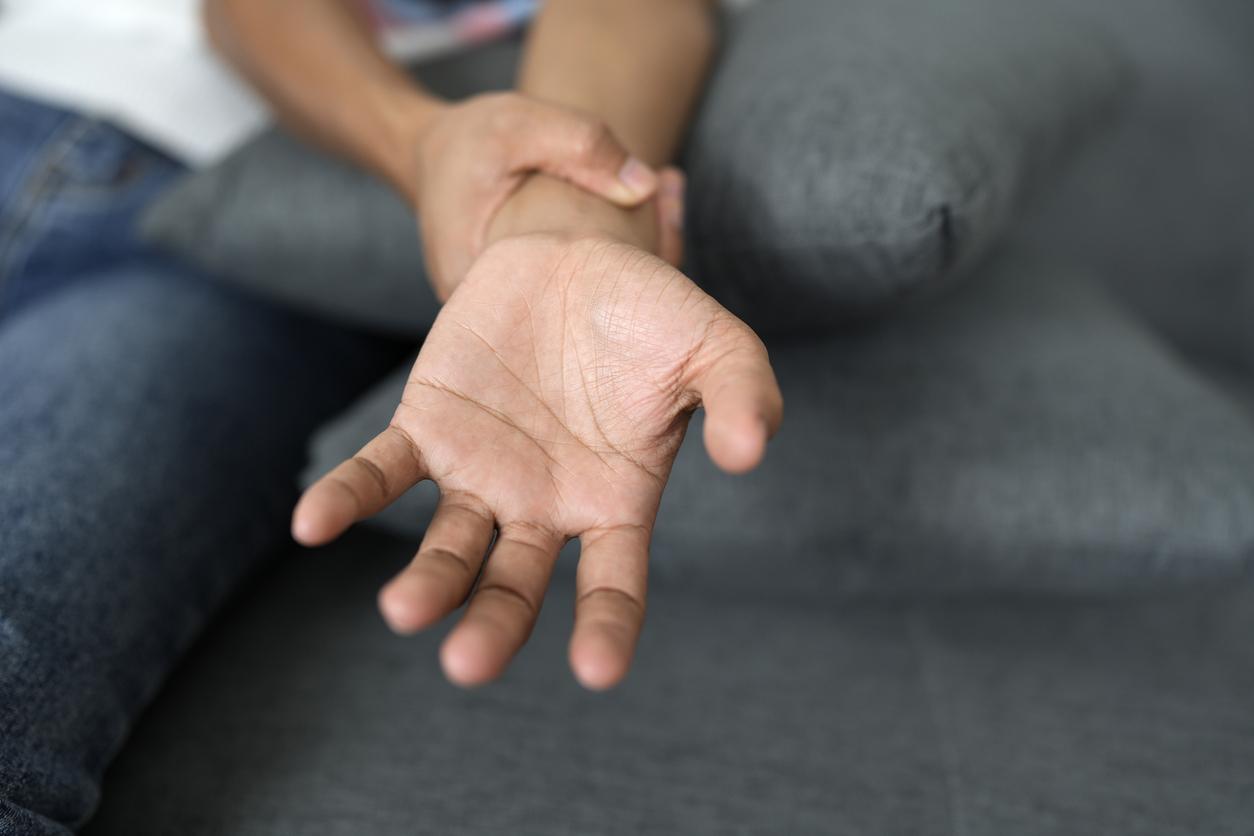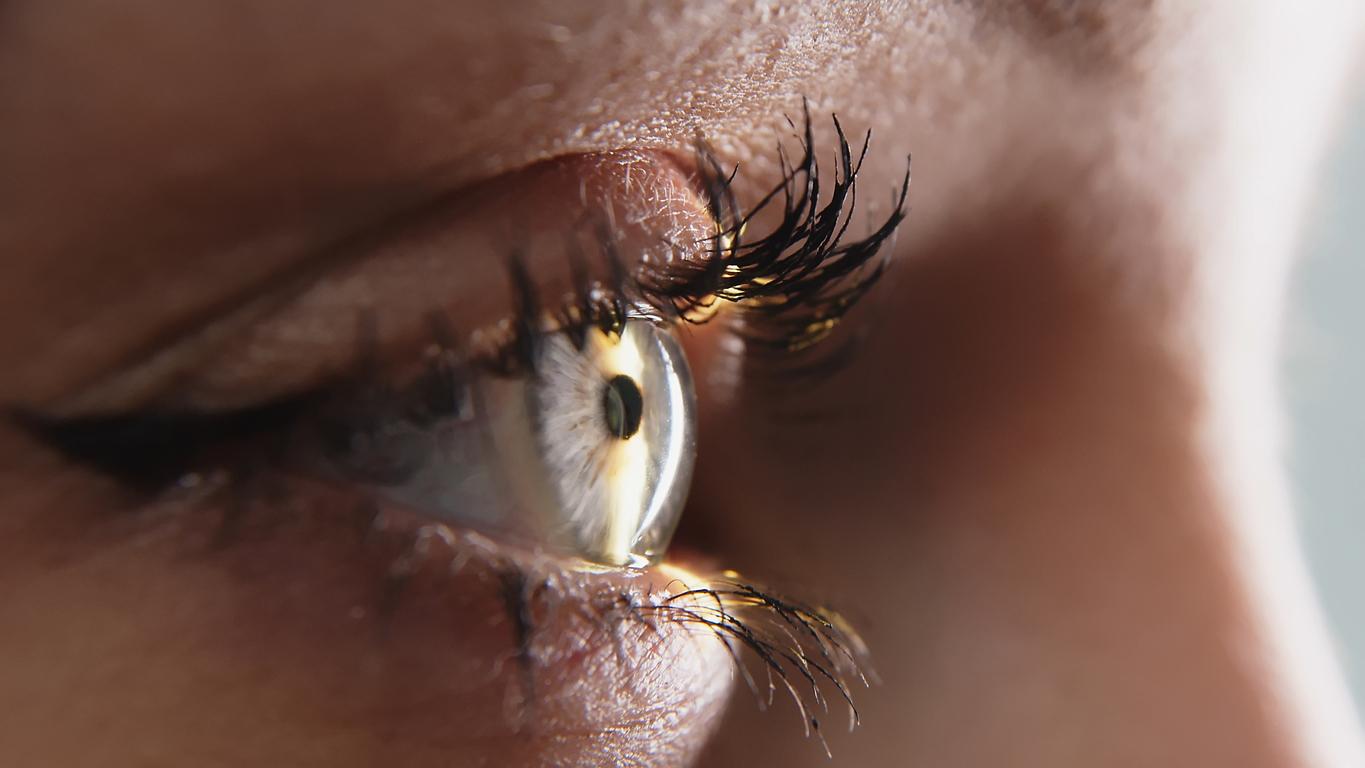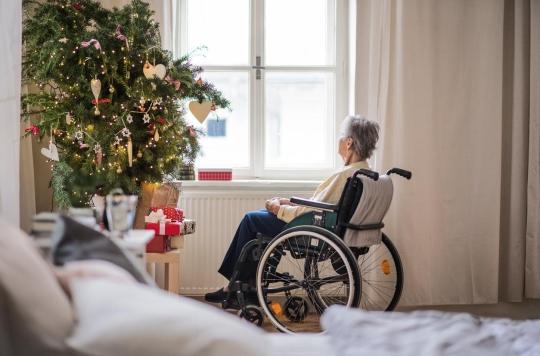By linking functional nerves to injured nerves, researchers have managed to restore movement in the hands of 13 young adults with quadriplegia.

A surgical operation bringing hope for people with quadriplegia. For the first time, a team of surgeons from Melbourne, Australia, has succeeded in restoring muscle power to paralyzed people in the upper and lower limbs by connecting functional nerves to injured nerves.
Two years after surgery, and after intensive physiotherapy, the 13 young adults who took part in the trial are now able to reach out in front of them and open their hands to grasp and manipulate objects. They are thus capable of accomplishing certain daily tasks on their own, such as feeding themselves, brushing their teeth and hair, applying make-up, or even writing. The results of the study were published this Friday in the medical journal The Lancet.
Restoration of hand and elbow function
Usually, to restore function to the upper limbs of people with quadriplegia, surgeons perform a tendon transfer: muscles that still work, but are designed for another function, are surgically repositioned to do the work of the paralyzed muscles.
This new surgical technique consists of carrying out a transfer of nerves, which “revives” the paralyzed muscle itself. Initially, the researchers recruited 16 young adults who had suffered a traumatic spinal cord injury within the past 18 months following a traffic accident or a sports injury.
These participants then underwent one or more nerve transfers in one or both upper limbs to restore elbow extension, grip, pinch, and hand opening. Concretely, it was a question of taking the valid nerves in the non-reusable muscles located above the spinal cord injury and attaching them to the nerves of the paralyzed muscles innervated below the injury to restore voluntary control and resuscitate the paralyzed muscle.
A total of 59 nerve transfers were performed in 16 participants and in 10 of them these nerve transfers were combined with tendon transfers to improve hand function. 24 months after surgery, significant improvements were seen in the 13 participants who completed the trial: they were better able to hold objects in their hands and use them in their daily activities.
Some limitations to the study
Although only a small study, researchers say nerve transfers are a major step forward in restoring hand and arm function and offer another safe and reliable surgical option for people quadriplegics.
There are, however, some limitations, acknowledge the study authors: the transfer of nerves must therefore be carried out within 6 to 12 months following the injury for best results. Moreover, it may take several months after the operation before new movements are visible, or even years before full strength is reached. Finally, not all quadriplegics may respond favorably to surgery: four nerve transfers failed in three of the participants.
.
















